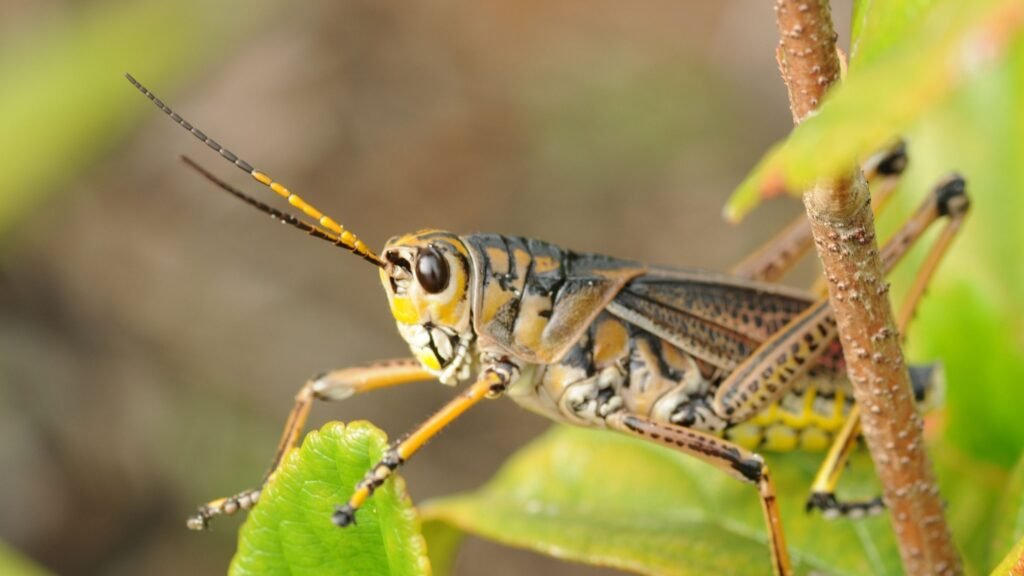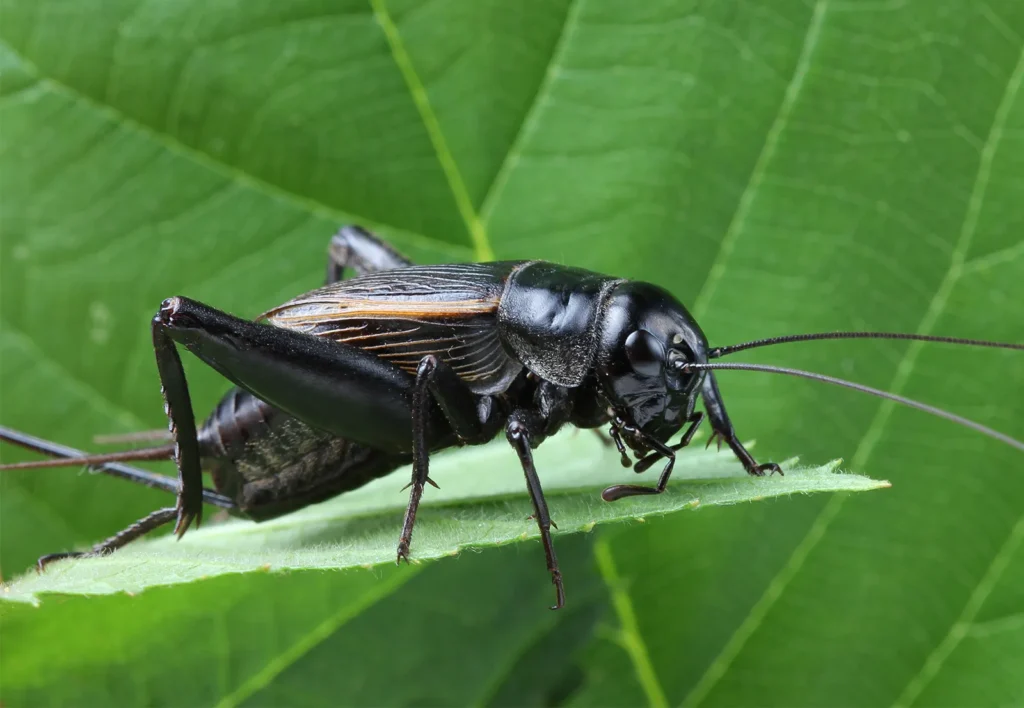Have you ever been outside on a warm summer evening and heard a chorus of chirping sounds in the grass?
Maybe you’ve spotted a small insect hopping by and wondered, Was that a grasshopper or a cricket? They look kind of similar, don’t they? But believe it or not, grasshoppers and crickets are very different insects with unique traits, behaviors, and even sounds.
Let’s dive into the world of these tiny musicians and explore what sets grasshoppers and crickets apart — and why they’re both pretty amazing.
1. First Look: Appearance
At first glance, grasshoppers and crickets do look a lot alike. They both have long back legs for jumping, short antennae on their heads, and they love to hide in grass or bushes. But once you know what to look for, the differences become much clearer.
Grasshoppers usually have:

- Short antennae (often shorter than their body)
- Green or brown bodies
- Bigger, bulkier bodies
- Wings that sit flat on their backs
- Daytime activity
Crickets, on the other hand:

- Have long antennae (as long or longer than their body)
- Are often dark brown or black
- Have slimmer, more delicate bodies
- Some species have flattened bodies for hiding in cracks
- Are mostly active at night
So next time you see one, check the antennae and body shape — those are two big clues!
2. Who Makes That Sound?
If you’ve heard chirping at night, chances are, it’s a cricket. Crickets are the night-time musicians of the insect world. They make that familiar “chirp-chirp” sound by rubbing their wings together in a process called stridulation.
Grasshoppers also make sounds, but they do it a bit differently. Some grasshoppers rub their hind legs against their wings, while others make noise while flying. Their sounds tend to be sharper and are usually heard during the daytime.
Fun fact: You can estimate the temperature outside by counting a cricket’s chirps! That’s right — crickets chirp more often when it’s warm. There’s even a formula to convert cricket chirps to degrees Fahrenheit!
3. Where Do They Live?
Both grasshoppers and crickets can be found almost everywhere in the world, from fields and forests to your own backyard. However, they have slightly different preferences when it comes to their homes.
Grasshoppers prefer open, sunny places like meadows, grasslands, and farms. They love tall grass and wide spaces where they can hop freely and munch on plants.
Crickets like darker, more sheltered areas. You might find them under logs, rocks, or even in basements and garages. They are more likely to come out at night when it’s cool and quiet.
4. What’s on the Menu?
When it comes to food, grasshoppers and crickets don’t always eat the same things.
Grasshoppers are mainly herbivores, which means they feed on plants, especially grasses and leaves. Some species can become serious pests for farmers because they eat crops in large amounts.
Crickets, however, are more omnivorous. They’ll eat plants, but they’ll also munch on fungi, decaying animals, and even other insects if given the chance. This makes them a little more flexible when food is scarce.
5. Their Role in Nature
Both grasshoppers and crickets play important roles in the ecosystem.
- Grasshoppers help control plant growth and serve as food for birds, reptiles, and small mammals.
- Crickets help clean up the environment by feeding on decaying matter and are also prey for many animals.
They might be small, but they’re essential for keeping nature in balance!
6. Who Lives Longer?
Crickets tend to live slightly longer than grasshoppers. Most grasshoppers live only about 2 to 3 months, while crickets can live up to 3 months to a year, depending on the species and environment.
That might not sound like a long time, but in the insect world, that’s a pretty decent lifespan!
7. What About Their Eggs?
Both insects lay eggs, but they do it in different ways.
- Grasshoppers usually lay their eggs in the soil during late summer or fall. The eggs rest all winter and hatch in the spring.
- Crickets use something called an ovipositor — a long tube-like structure — to lay eggs in the ground or inside plant stems.
The young, called nymphs, look like tiny versions of the adults and grow bigger with each molt.
8. Why Do People Confuse Them?
It’s easy to mix up grasshoppers and crickets because of their similar body shapes and jumping abilities. Plus, in cartoons and movies, the sounds and looks of these insects are often exaggerated or combined. But with a little observation, you can learn to tell them apart like a pro.
Who’s Cooler?
So, which insect is better — grasshoppers or crickets? Honestly, that’s up to you! Grasshoppers are powerful jumpers and daytime hoppers that love the sunshine. Crickets are the night-time serenaders with mysterious, hidden lives. They each have unique quirks that make them fascinating in their own way.
Next time you hear chirping or spot a hopper in the grass, take a closer look. Is it a grasshopper or a cricket? Now you know how to tell!




